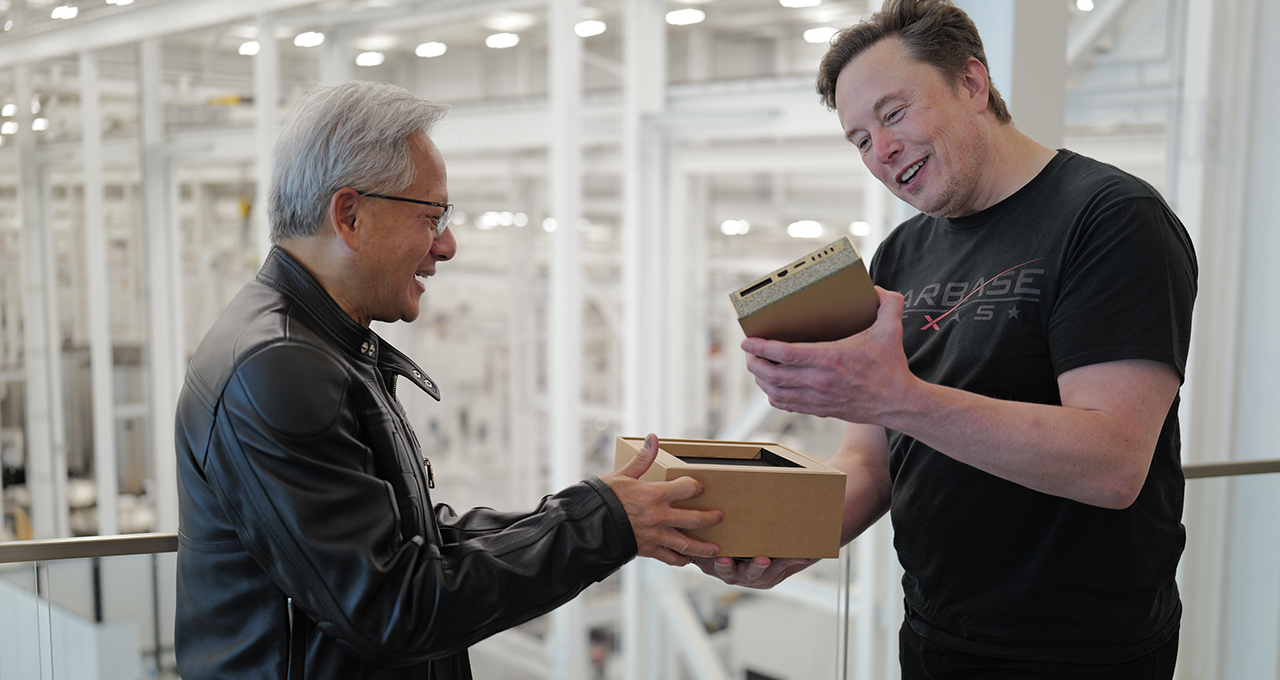7 Secret Tax Loopholes the Rich Use to Keep Billions—And the Legal Tricks You Can Use Today
Most people spend their working lives trying to earn more. The ultra-wealthy spend theirs finding ways to keep more of what they earn — legally. While most Americans hand over 20% to 30% of their income to taxes each year, the rich play by a different set of financial rules — and the surprising truth is, those rules are open to anyone who knows how to use them.
Financial strategist Robert Kiyosaki, author of Rich Dad Poor Dad, once said, “It’s not how much money you make. It’s how much money you keep.” That single principle explains why the wealthy build their fortunes faster than ordinary earners — not by cheating the system, but by understanding it better.
1. Losing Money on Purpose (Tax-Loss Harvesting)
It sounds absurd — who would choose to lose money? Yet the wealthy often sell investments that are down to offset taxes on those that are up. This strategy, called tax-loss harvesting, lets investors reduce their taxable income by balancing profits against losses.
In plain terms: if a tech stock drops by $10,000, that loss can be used to cancel out $10,000 in capital gains elsewhere — shrinking the overall tax bill. For investors with multi-million-dollar portfolios, that’s not pocket change — it’s real money saved.
Even middle-income investors can use this trick through index funds or ETFs. Some robo-advisors even automate the process for everyday investors.
2. Rolling Business Losses Forward
Many self-made millionaires start businesses that lose money before they succeed. Instead of accepting those losses, they carry them forward into future tax years.
Known as a Net Operating Loss (NOL) carryforward, this maneuver allows future profits to be taxed less heavily. Essentially, an early failure can fund tomorrow’s success.
Tax Attorney and CPA Mark J. Kohler, who specializes in business tax strategy, explains that the tax code is designed to reward entrepreneurs: "The tax code rewards risk. If your first few years are rough, the IRS lets you use those losses [NOLs] to soften the blow once your business turns the corner."
3. Stashing Profits in Tax-Advantaged Accounts
While most Americans think of 401(k)s and IRAs as retirement accounts, the rich see them as tax shields.
High earners funnel investment income — dividends, capital gains, and interest — into tax-deferred accounts so their money compounds untouched by the IRS for years. Some go even further, using private placement life insurance (PPLI) — an elite strategy that allows hedge-fund-level returns within an insurance wrapper.
Withdrawals are tax-free, and the policy’s growth isn’t taxed. The result? The rich invest in ways that minimize exposure to tax at every step.
4. Taking Tiny Salaries — and Huge Stock Payouts
If you’ve ever wondered how billionaires like Jeff Bezos can afford mega-yachts on salaries smaller than a mid-level engineer’s, here’s the secret: most of their wealth isn’t income.
Bezos took a salary of about $81,000 a year — but received billions in Amazon stock. The reason is simple: income tax is high, but capital gains tax is lower. When that stock is sold, it’s taxed at a fraction of what a paycheck would be.
Ordinary earners can apply the same idea by prioritizing investment income over wage income, even in small amounts.
5. Writing Off the Luxuries of Life
For the wealthy, business and pleasure often blur. A private jet, a yacht, or even a home office can become a tax-deductible business expense if used legitimately for work.
Under IRS rules, any expense that’s “ordinary and necessary” to generate income can qualify. That’s why so many wealthy entrepreneurs host meetings on their boats or film content from luxury homes.
If you’re self-employed or running a side hustle, legitimate deductions — from laptops to travel — can dramatically reduce your tax burden too.
6. Hiring Their Kids
It may sound like nepotism, but hiring your own children can be both a teaching tool and a tax strategy. When business owners employ their kids for real work, their wages are deductible as a business expense.
If the child earns under the standard deduction limit (currently $14,600), they owe no income tax at all. The parent saves on payroll taxes and moves money to the next generation, all within the rules.
7. Donating for Impact (and Tax Breaks)
Wealthy families often appear altruistic — but many large donations also offset taxable income. A $500,000 donation to a charitable foundation could lower a billionaire’s tax bill by 37% of that amount.
Even more strategically, many create family foundations, allowing them to donate to causes they care about and retain control over where the funds go. For middle-class earners, smaller donations — especially non-cash items like stock or real estate — can still provide powerful tax deductions.
The Wealth Gap in the Tax Code: Why Ordinary Earners Pay More
The unspoken truth behind all these “loopholes” is that they aren’t illegal — they’re structural. The U.S. tax system was built with incentives designed to encourage investment, business creation, and philanthropy. The wealthy simply have the resources to use them fully.
Economist and Nobel Laureate Joseph E. Stiglitz has often pointed out that the tax code is fundamentally structured to reward investment and wealth accumulation. He notes that the tax system "favors activity that creates capital, but since the rich already control most capital, they get the biggest benefit."
The result is a widening wealth gap baked into policy. According to IRS data, the top 1% earn around 20% of national income but pay an effective tax rate of only 26%, while many middle-class workers shoulder closer to 30%.
For consumers, this matters because every dollar the wealthy avoid paying must be offset by either reduced services or higher taxes elsewhere. As governments struggle with deficits, that imbalance eventually trickles down — through inflation, reduced benefits, or future tax hikes.
What You Can Do
Consumers can’t rewrite tax law, but they can act more like investors than earners:
-
Contribute to tax-advantaged accounts early and often.
-
Track losses and deductions the way a business does.
-
Consider forming an LLC for freelance or side income — it opens new tax planning doors.
Understanding how money moves is the first step toward financial resilience. As Dr. Kendall notes, “The real loophole isn’t in the law — it’s in awareness. Once you learn the rules, you stop playing from behind.”
The Bottom Line
The wealthy aren’t just rich because of what they earn — they’re rich because of what they keep. From tax-loss harvesting to family foundations, the same legal mechanisms available to billionaires exist for ordinary Americans who take the time to understand them.
The difference is access to knowledge — and now, that’s no longer a secret.














